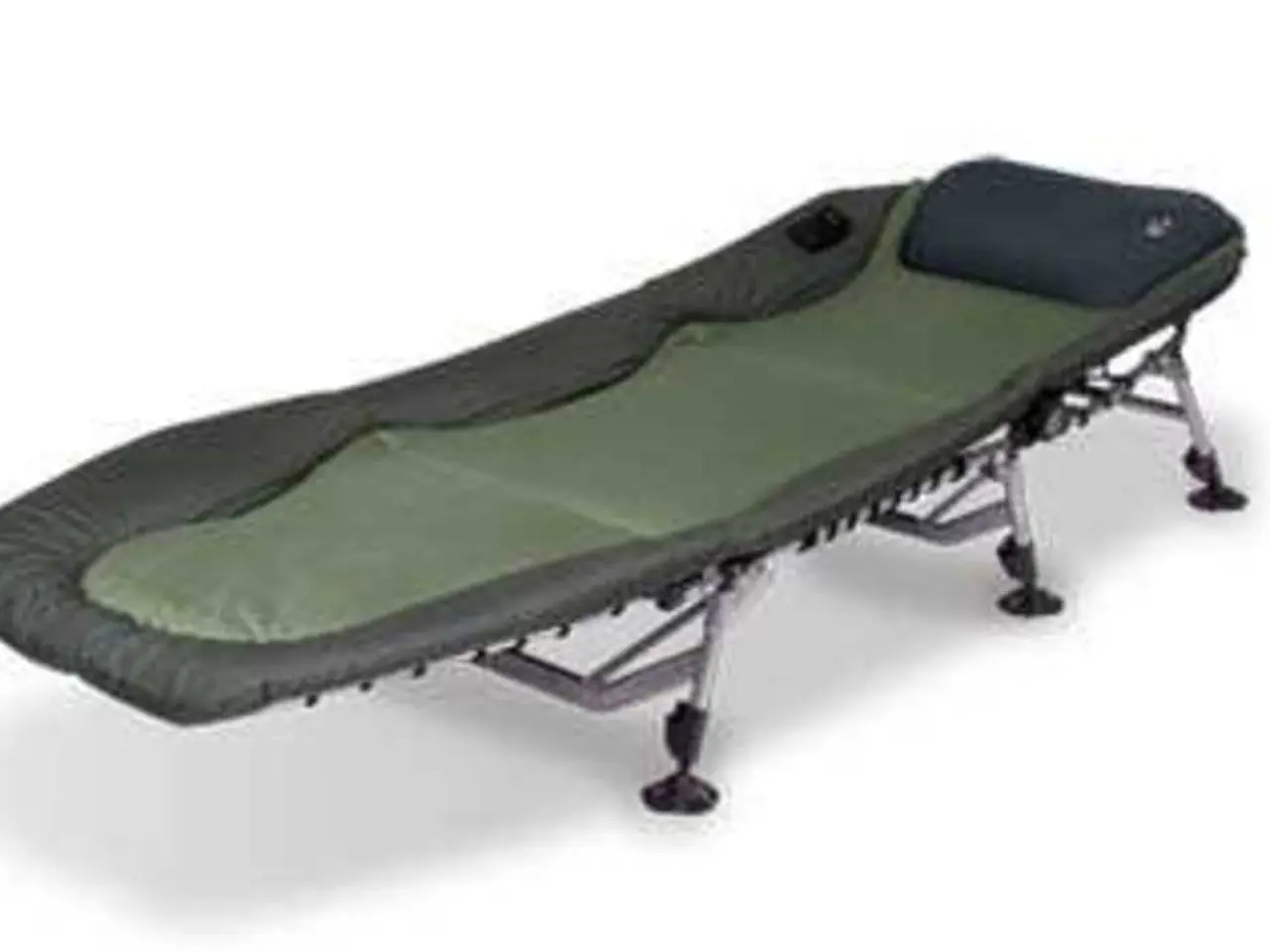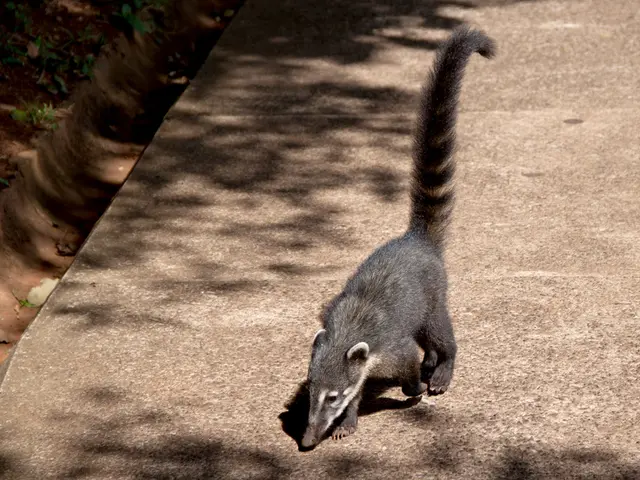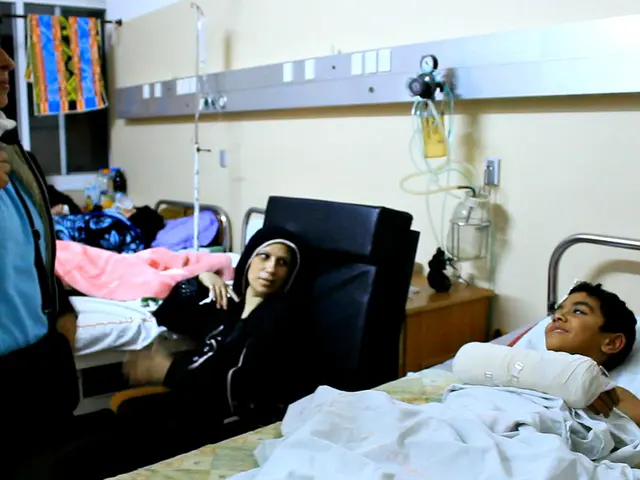Osgood Schlatter's Disease: An Exploration of Its Essence
===============================================================================
Osgood-Schlatter Disease (OSD) is a common knee condition that primarily affects adolescents, particularly during growth spurts. This condition occurs when the patellar tendon pulls on the growth plate at the top of the shinbone (tibia), leading to inflammation and pain.
Effective management of OSD revolves around symptom control, physical therapies, and education to prevent worsening during active growth periods. Here's a breakdown of key strategies:
Rest and Activity Modification
Reducing or modifying high-impact activities like running, jumping, or sports that aggravate knee pain is essential to prevent worsening symptoms while still allowing some level of activity when tolerated.
Pain Relief
Use of ice applied to the affected knee after activity helps reduce inflammation. Over-the-counter pain medications such as ibuprofen or acetaminophen can be used cautiously and under supervision to manage pain.
Stretching and Strengthening Exercises
Gentle stretching of tight muscles (especially quadriceps and hamstrings) around the knee and strengthening muscles to improve joint support and alignment are beneficial.
Education and Early Intervention
Teaching young athletes, parents, and coaches to recognize symptoms early, avoid pushing through pain, and encourage proper technique and warm-up/cool-down routines reduces exacerbation risk.
Professional Assessment and Personalized Treatment
Consultation with professionals like physiotherapists or podiatrists can provide tailored exercise plans, manual therapy, and guidance to support recovery and safe return to activity.
Monitoring During Growth Spurts
Extra vigilance and modified training during rapid growth phases help manage symptoms and prevent chronic joint issues potentially linked to OSD.
Surgery is rarely needed and considered only in severe or prolonged cases. Most adolescents recover fully once bone growth completes, typically around ages 14-16, with symptoms resolving.
In summary, effective management revolves around symptom control through rest and pain relief, physical therapies focusing on muscle balance, and education to prevent worsening during active growth periods, enabling youths to remain active while protecting their knees.
Understanding the causes can help in managing and preventing this condition effectively. Causes include repetitive activities, growth spurts, and biomechanical factors. If your child experiences persistent knee pain, swelling, or difficulty in performing daily activities, it's essential to consult a healthcare professional. Regular check-ups with a healthcare provider can help monitor growth and any potential issues in young athletes.
Common sports associated with this condition include soccer, basketball, track and field, and gymnastics. Proper warm-up and cool down are essential before engaging in sports or physical activities. Over-the-counter pain relief like ibuprofen or naproxen can help relieve pain and reduce inflammation. Many adolescents can recover from the Osgood Schlatter condition on their own as they finish growing.
- Maintaining a balanced and active lifestyle involving health-and-wellness activities, such as sports, can be beneficial for overall development, but it's crucial to be aware of medical-conditions like Osgood-Schlatter Disease, particularly if your child participates in sports like soccer, basketball, track and field, or gymnastics.
- To effectively manage and prevent Osgood-Schlatter Disease, it's essential not only to focus on symptom control, physical therapies, and education during active growth periods, but also to consider chronic-diseases in the context of health-and-wellness, ensuring a comprehensive approach for long-term joint health.





